- All Events
- Wine Tours
- Wineries
- Blog
- About
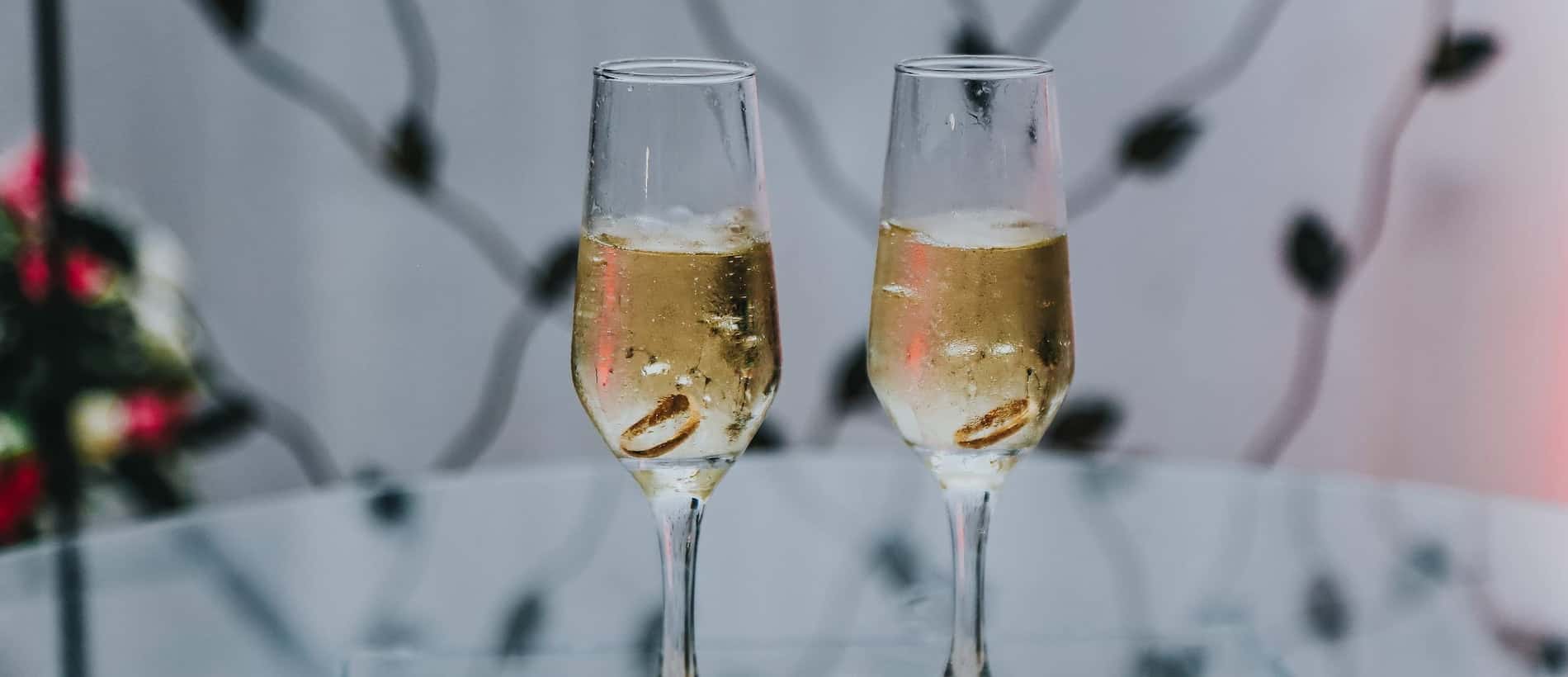
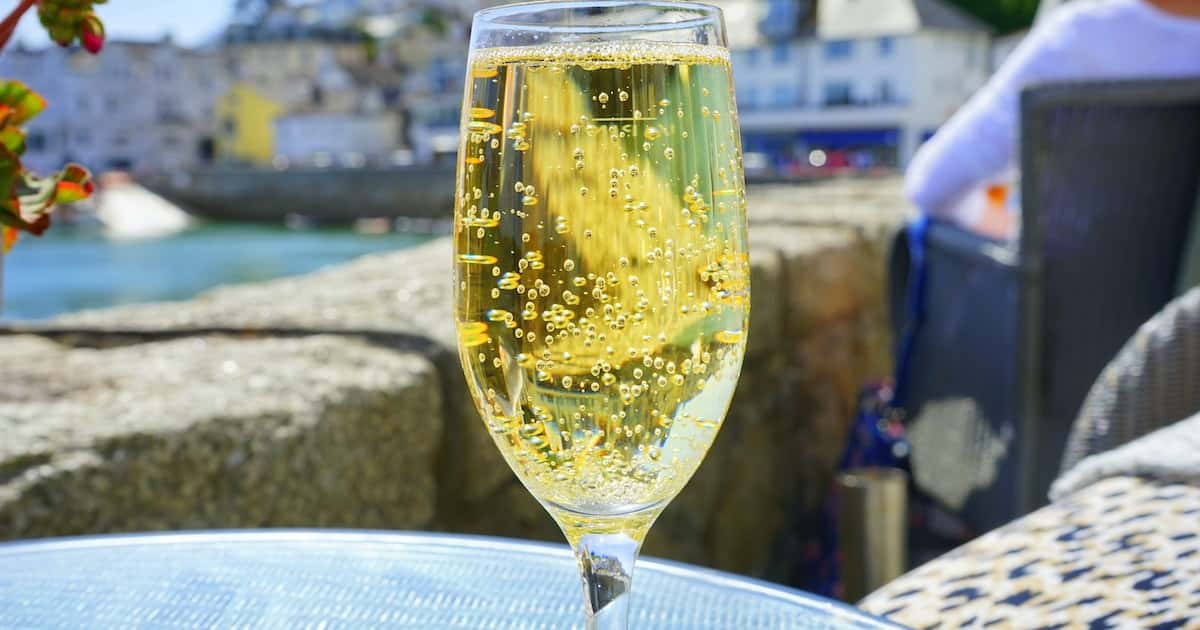
With there being so many different possibilities for fermented grape juice, a quick little revisit to chemistry 101 is inevitable and very helpful to fully grasp what is happening in and outside of the bottle. Sparkling wine has been around since 1662, according to Wine Stalker, but it was not until a French Benedictine Monk named Dom Perignon (sound familiar?) accidentally let a second fermentation take place inside one of his bottles of chardonnay, quickly introducing Champagne to the world. Dom Perignon, after this discovery once said, “come quick, I can taste the stars!”, and that’s the perfect bubbly description of the sparkling wines we know and love today.
There are 6 major ways to make sparkling wine which result in different styles of wine with different levels of carbonation:
Traditional Method
Tank Method
Transfer Method
Ancestral Method
Continuous Method
Carbonation
It will be worthwhile to pay closer attention to the Tradition Method (Champagne) and the Tank Method (Prosecco). These 2 methods of fermented bubbly wine are the two most common methods today. Prosecco makes up more than 25% of the world’s sparkling wine production annually and Champagne coming in a close second.
Related: Food and Wine 101: Sparkling Wines
Dom Perignon experienced an unintentional second fermentation occurring inside of the bottle of his already fermented white wine when he drank his wine full of “stars.” To recreate this, the French came up with a process called “Tirage” where yeasts and sugars are added to a base wine like chardonnay, for instance. Here, yeasts enjoy a delicious feast of sweet sugar while producing alcohol and CO2 in the process. These CO2 bubbles are trapped inside, and the dead yeast particles subside to the bottom of the bottle. The wine sits comfortably on these dead yeast cells, or the “Lees”, for about 15 months for texture and flavor development.
These bottles are turned upside down and turned, by hand, so the lees travel to the neck of the bottle; this is called “Riddling”.
To rid these lees the neck is frozen and popped off, bringing the lees with it; this is called “Disgorging”.
Lastly, a step called “Dosage” is where the Exposition liqueur (mixture of wine and sugar) is added to the bottle, and it can finally be corked, caged, and labeled!
Whenever you have Prosecco, you’re tasting the product of a mid-19th century invention that involves the same steps from above but inside of stainless-steel tanks. This method provides some of the crispiest and freshest bubbles a sparkling wine can offer with high yields, consistency, and affordability in mind. Yeasts and sugars are added to a big tank of Glera wine that’s then transferred to a second pressure-resistant tank to finish the fermentation process to make Prosecco. These bubbles are then filtered and “dosaged” altogether and BOOM, it’s ready for you to enjoy.
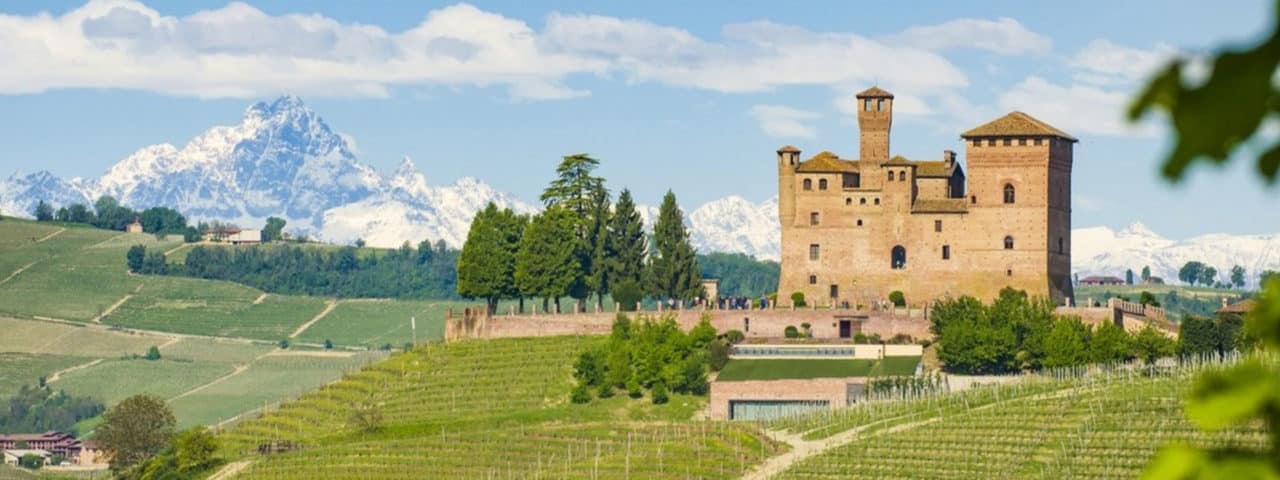
Oct 23 – 30, 2021
6 nights, 7 days
Milan, Barolo, Alba, and Turin
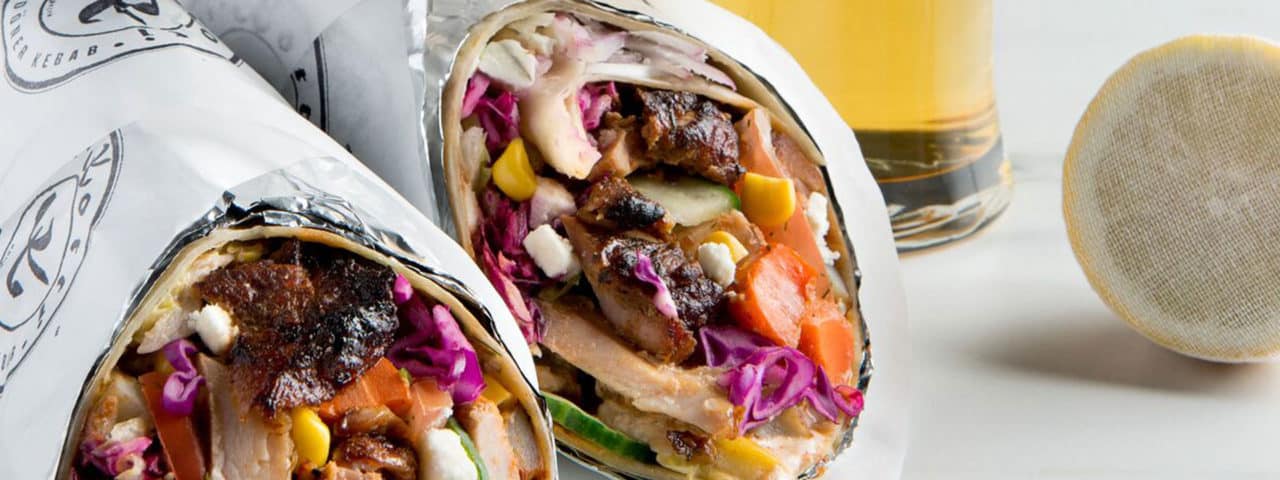
Join us for a Virtual Food & Wine Pairing with Brooklyn’s Kotti Berliner. Explore delicious döner kebabs paired with wine. Meet Kotti founder, Erkan Emre.
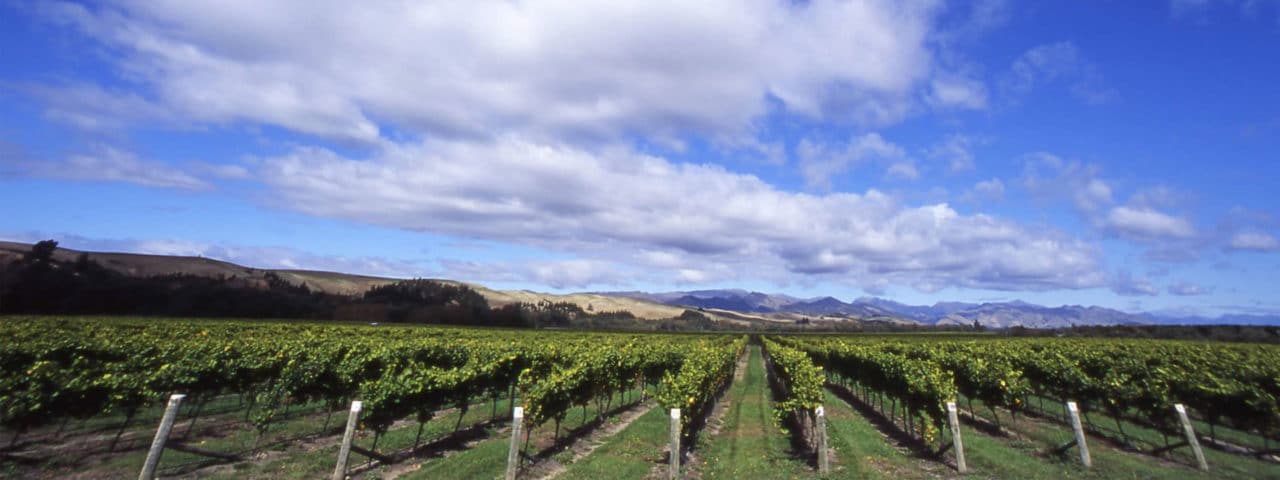
Join us for a Virtual Tasting with one of America’s leading importers of high-quality Portuguese wines.
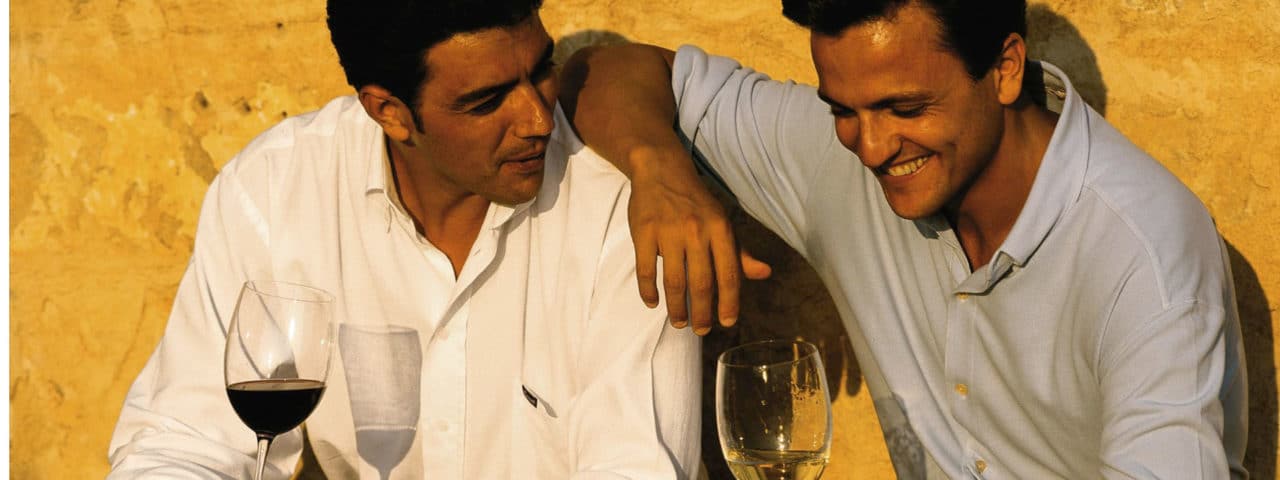
Join us for a Virtual Tasting with the maker of the #1 selling Sicilian wine in the U.S.
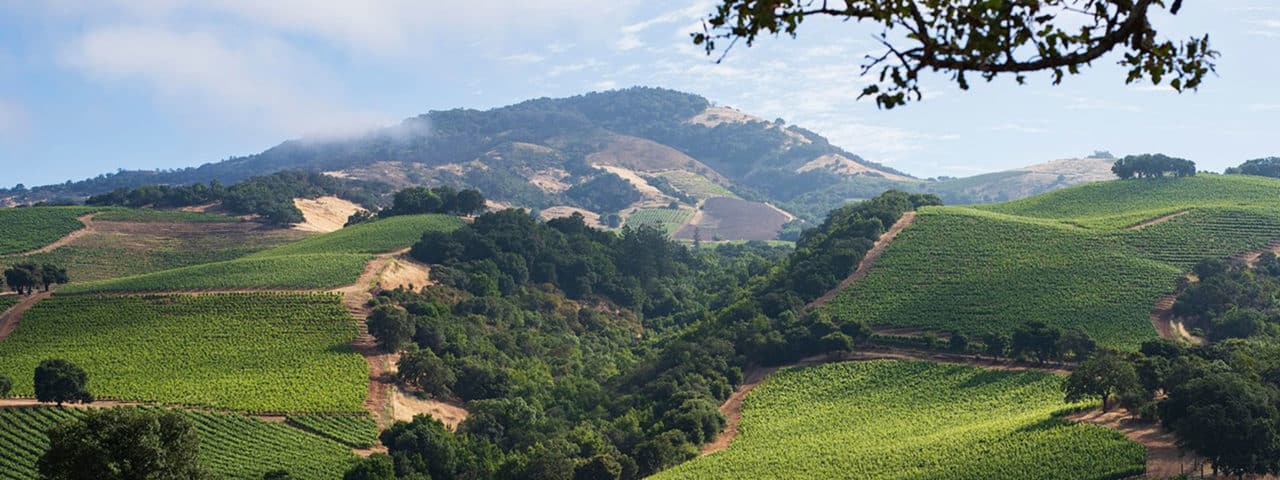
Join us for a Virtual Tasting. The Kunde family has farmed an 1,850-acre estate in Sonoma Valley for 100 years.
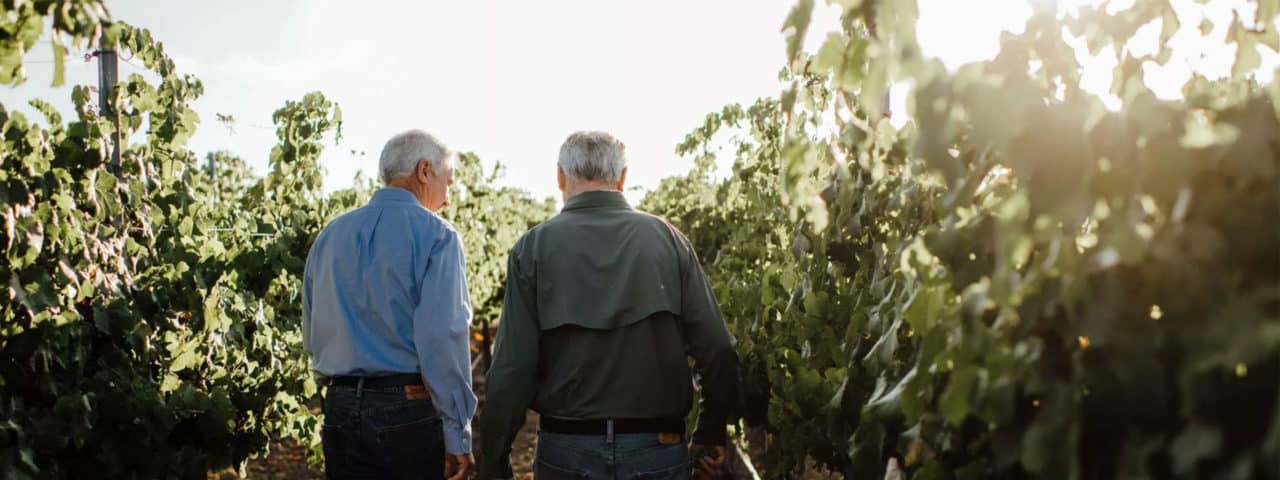
Join us for a Virtual Tasting. Great wine starts in the vineyard.

Join us for a Virtual Tasting. Distinctive and hand-crafted wines produced from award-winning vineyards.
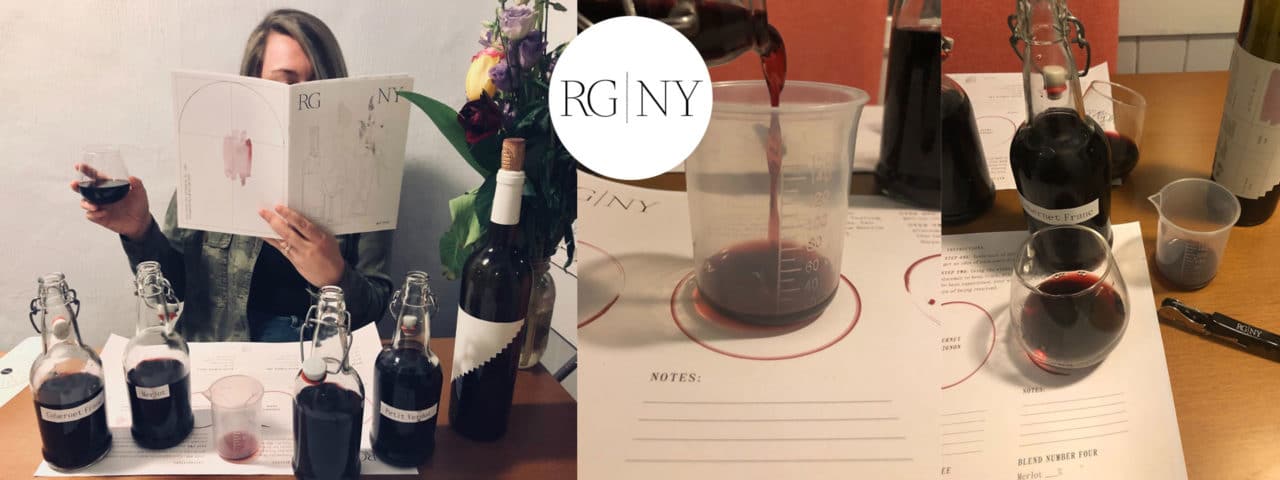
Be your own winemaker for a day — guided by a professional on Zoom video!
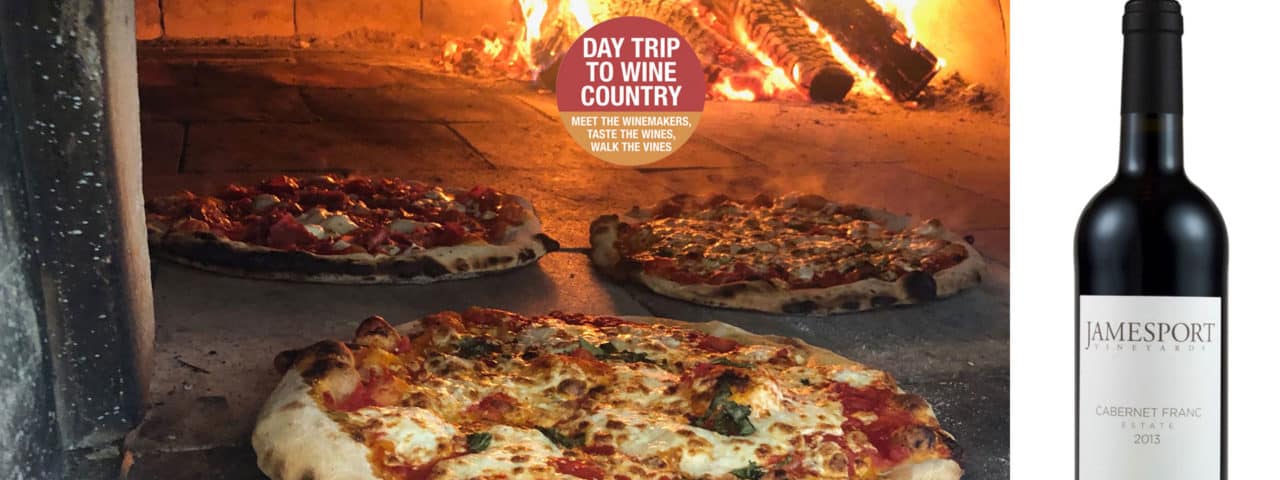
What’s better than great wine and artisanal pizza?
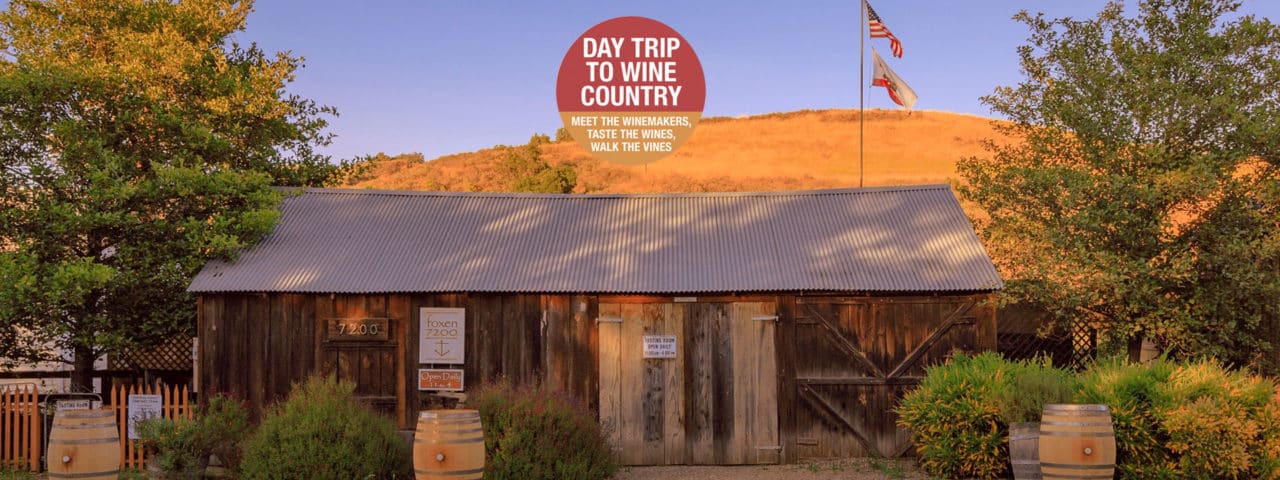

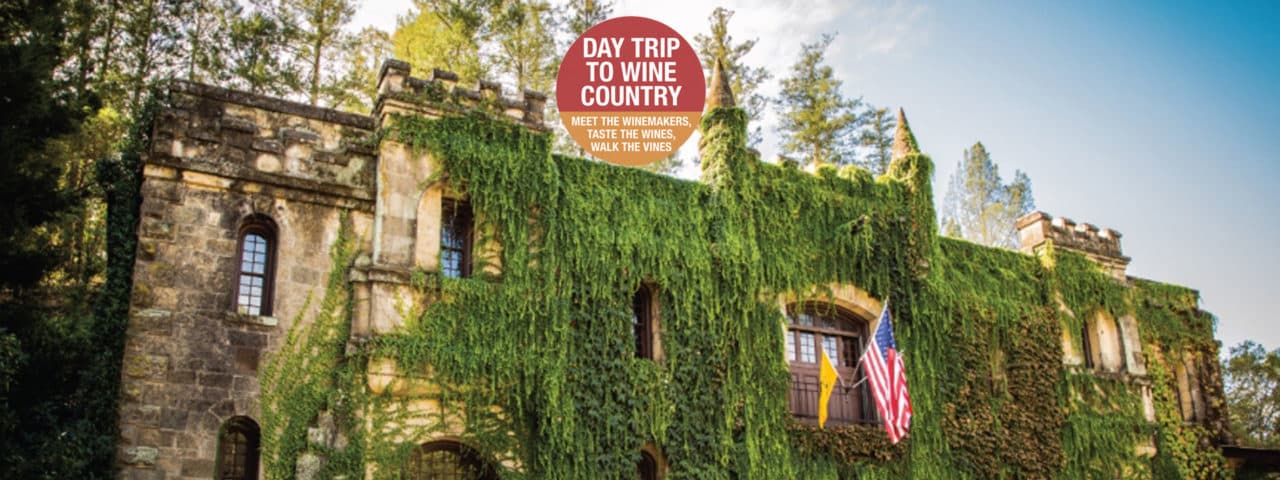
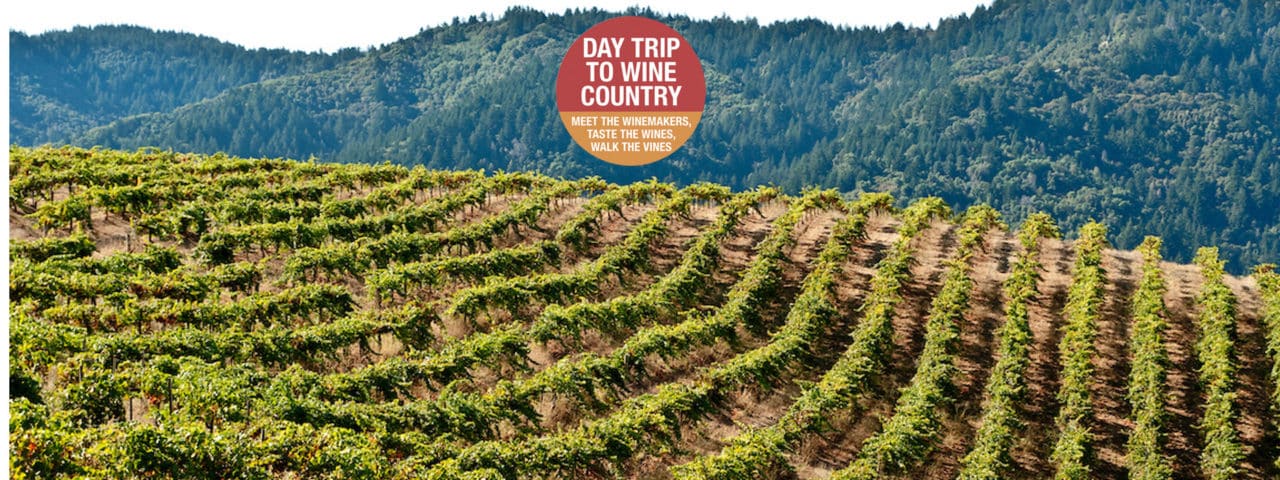
The New York Times described Ridge Monte Bello as “America’s greatest Cabernet Sauvignon.”
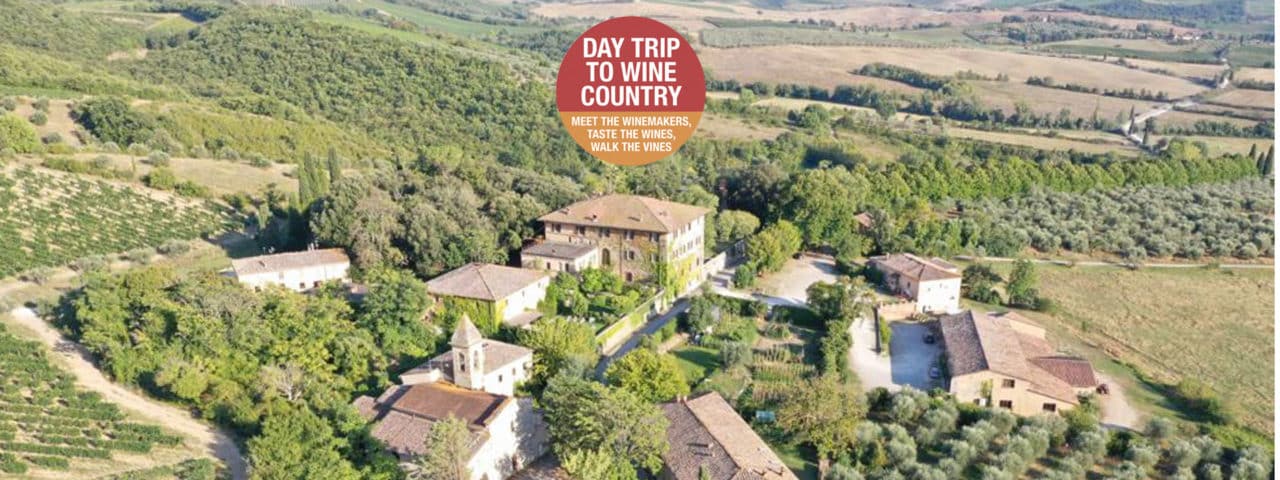
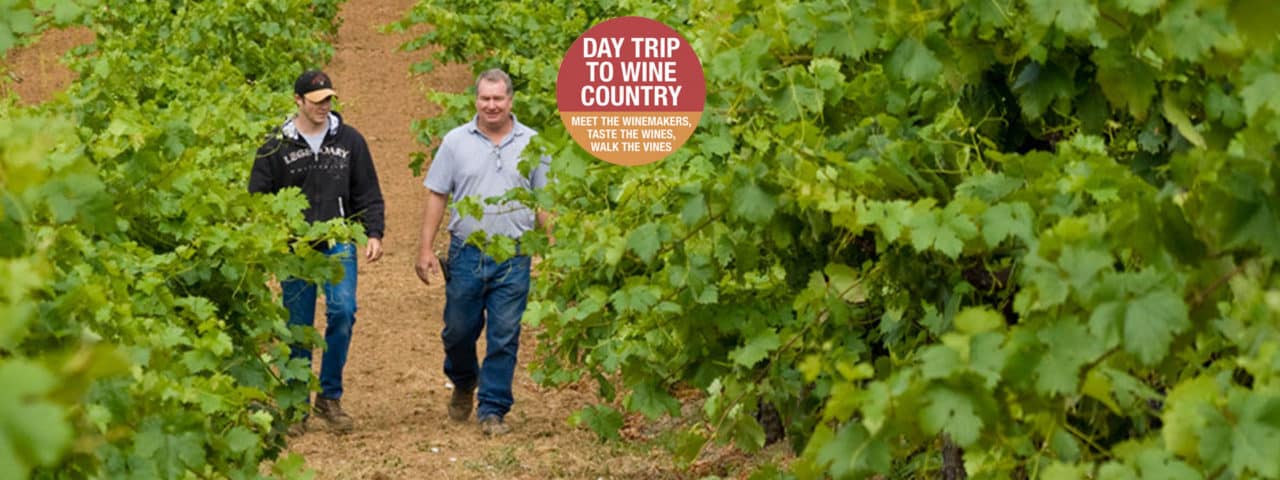
Four Generations of Family Pride at Pedroncelli Winery, since 1927
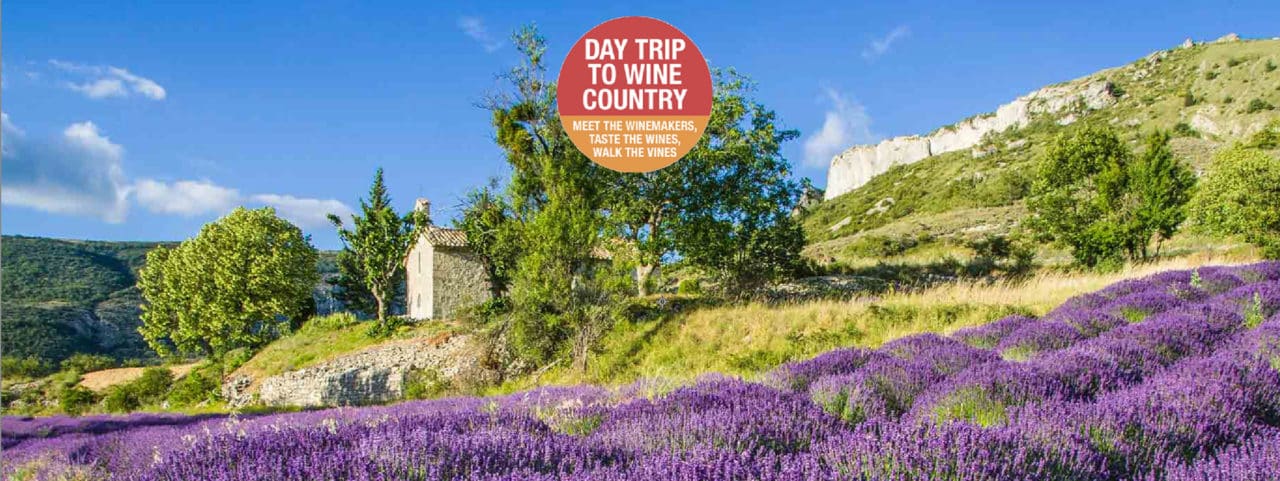

Voted “#1 in America” in 2013 and 2015 by Open Table customers.
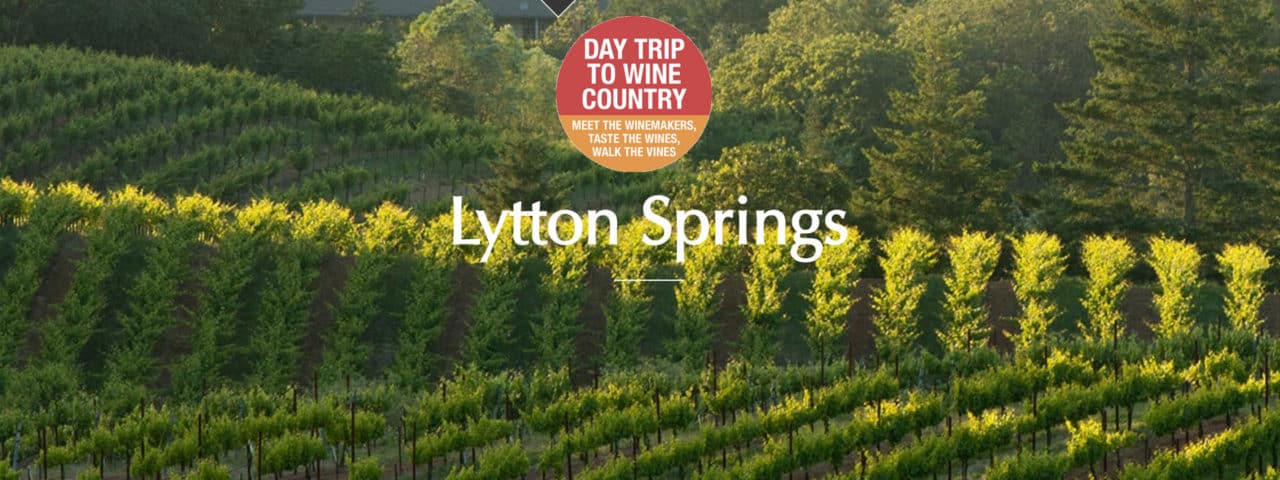
The New York Times described Ridge’s Cabernet Sauvignon as America’s greatest.
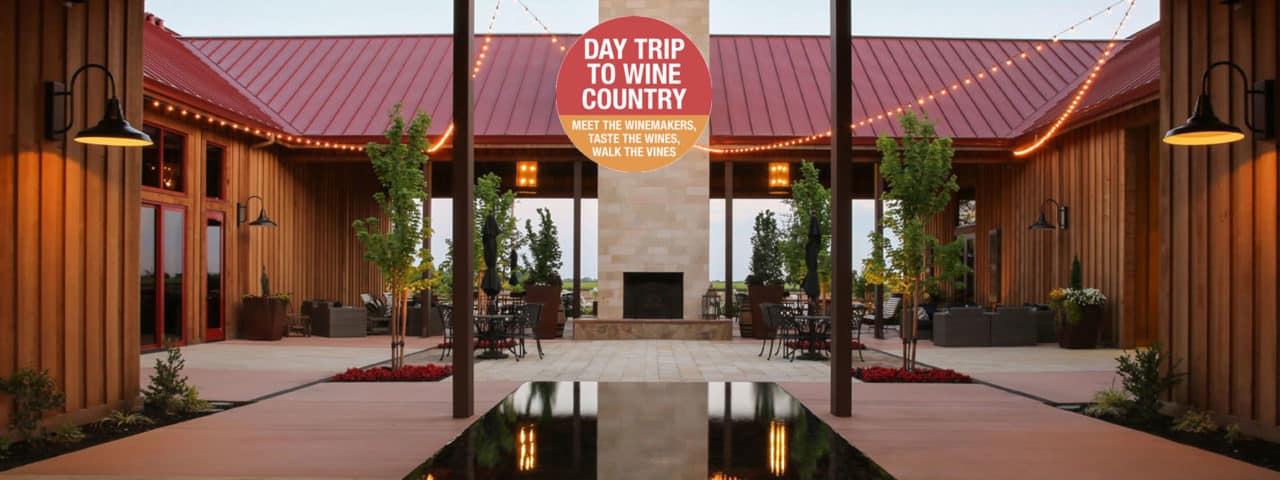
Visit the famous wine-growing region of Lodi County, California – virtually!
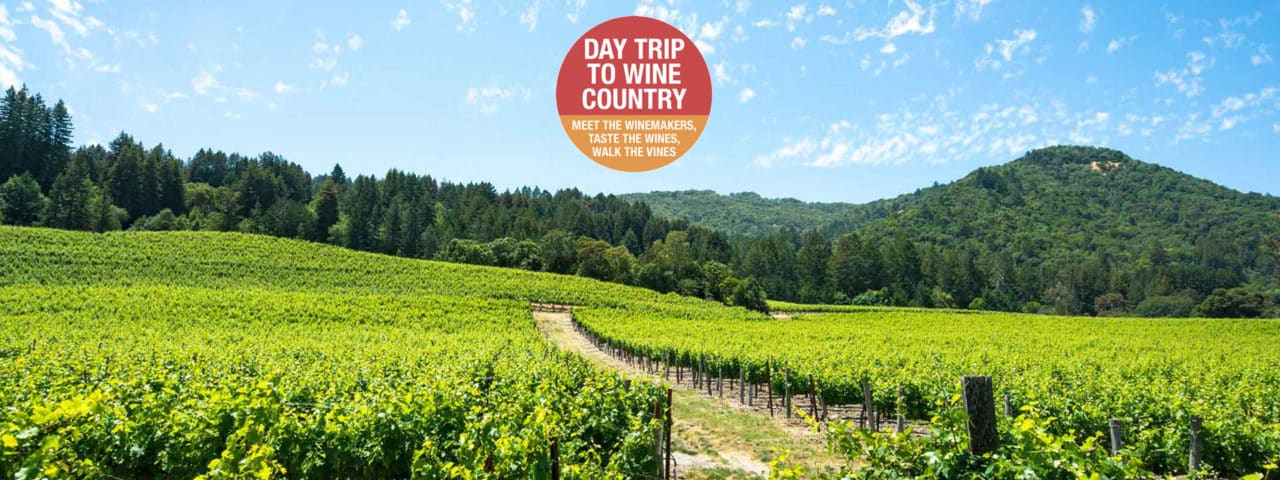
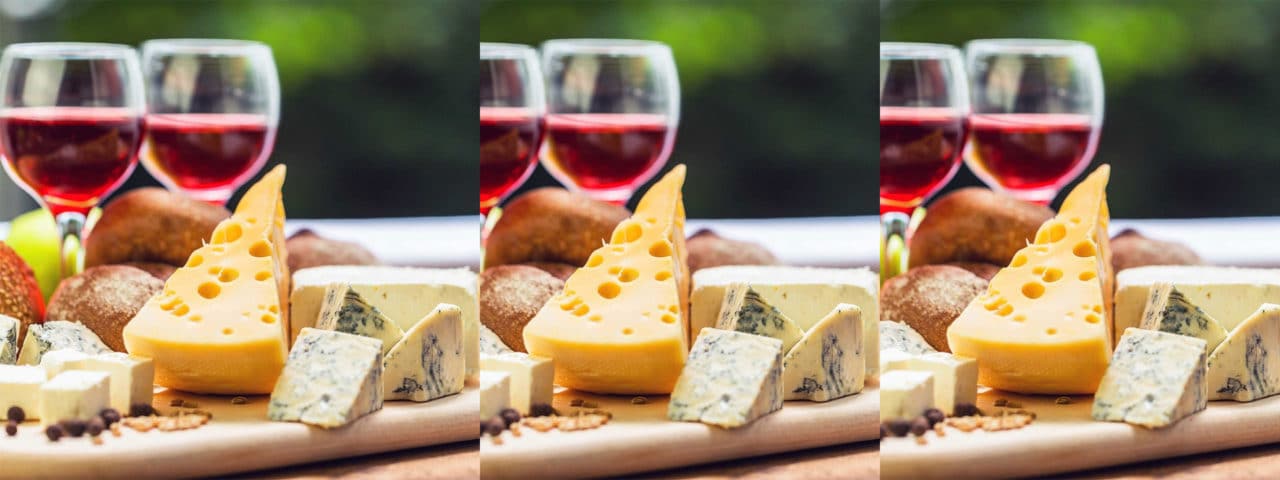
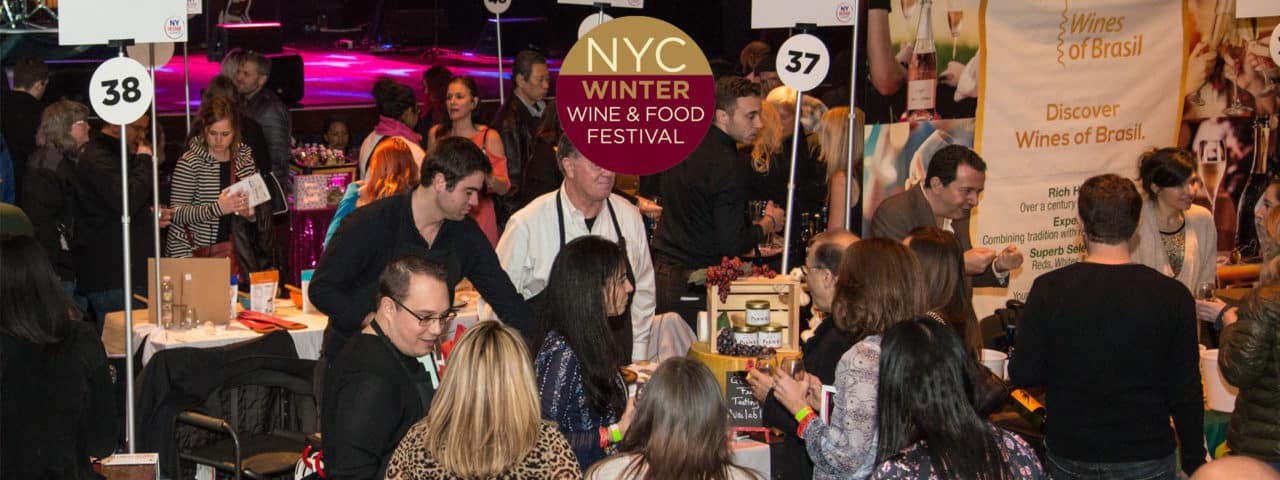
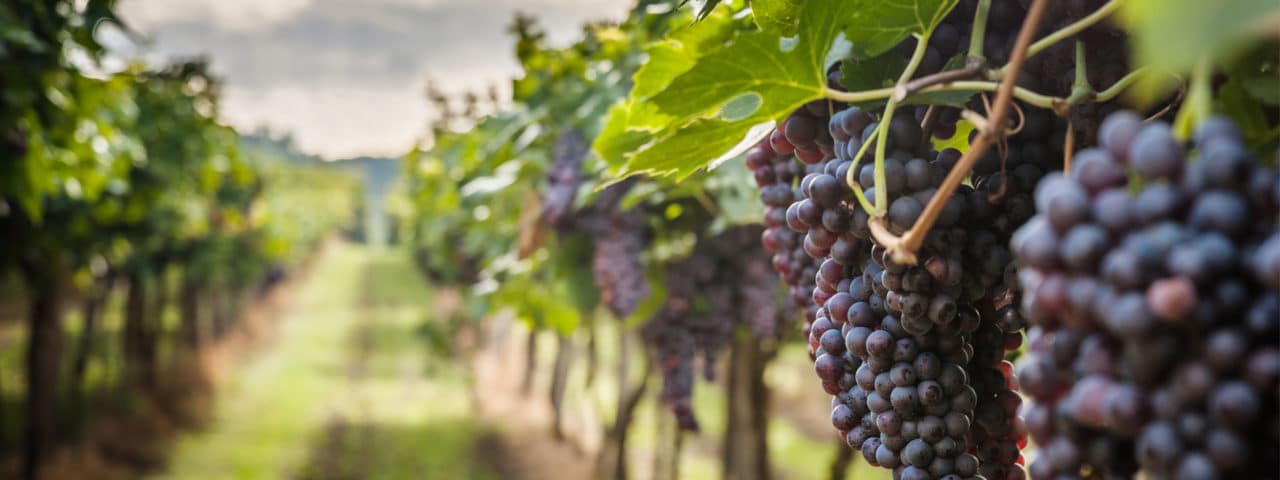
Join RG|NY winemaker Lilia Perez, for a unique tasting and blending session.
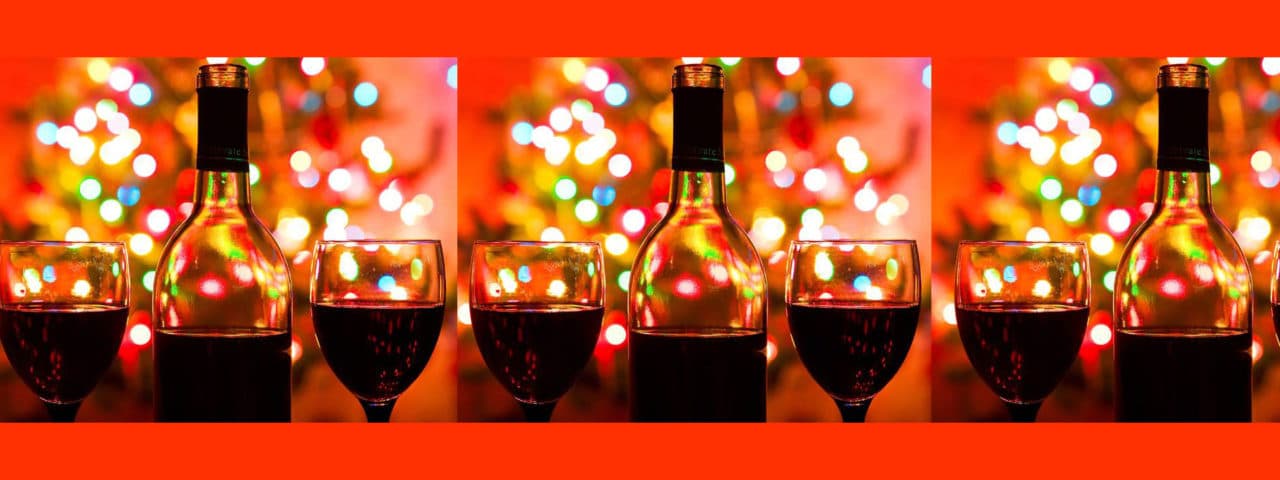
Don’t miss the ultimate holiday wine tasting event in the Hudson Valley. Sales end Thursday, Dec 12 at 11:59pm!
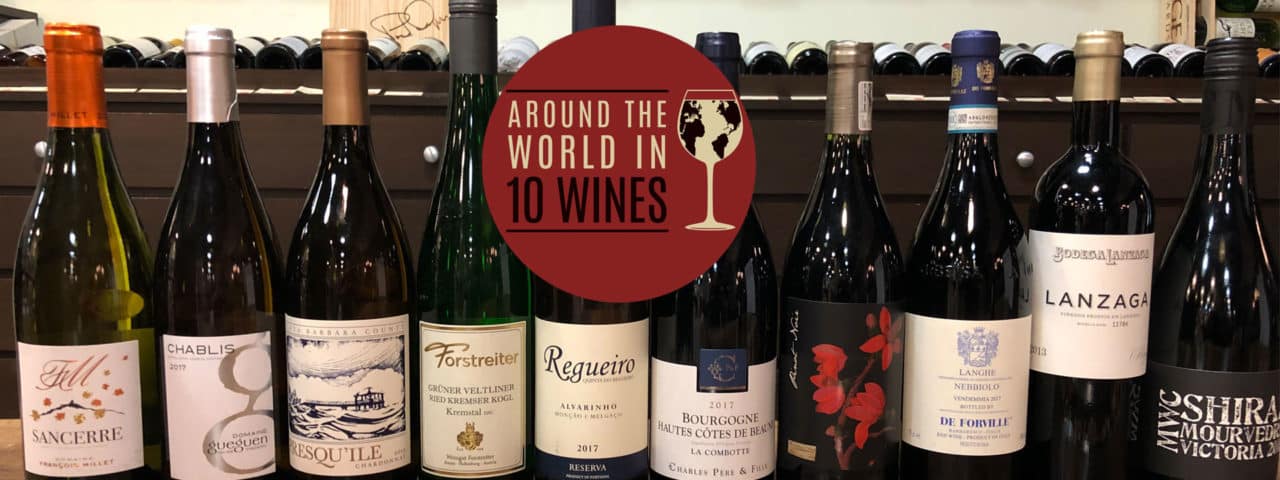
Experience a global tasting in 2 hours with award-winning artisan cheese and charcuterie

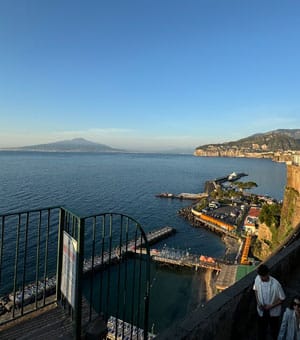
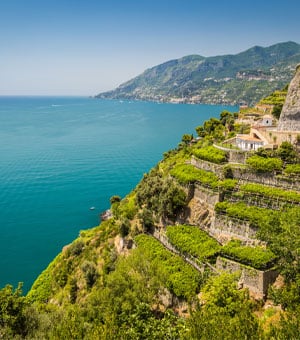
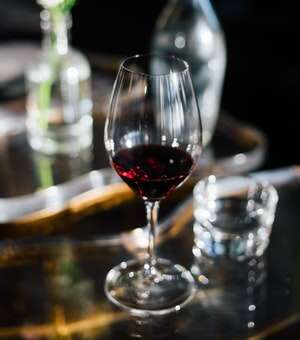
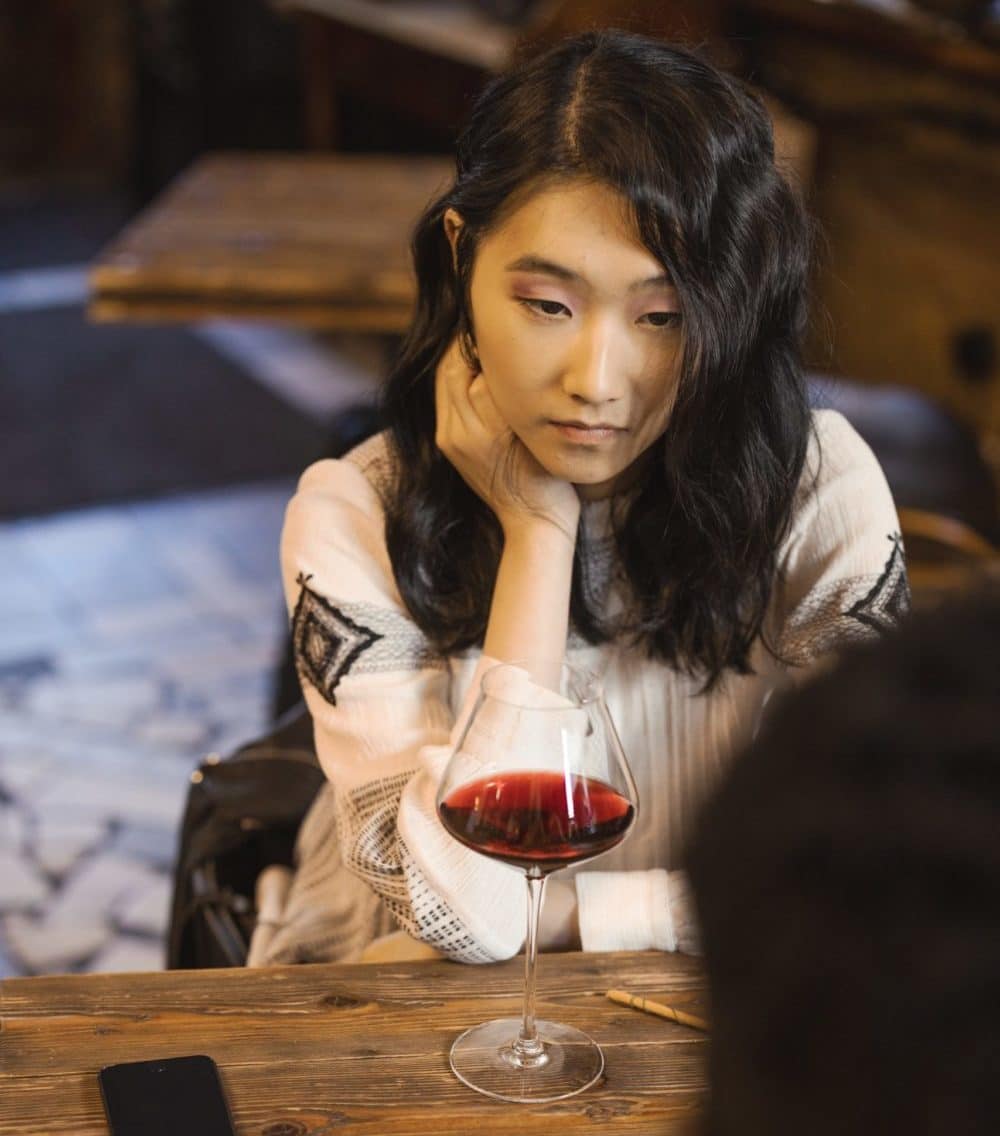
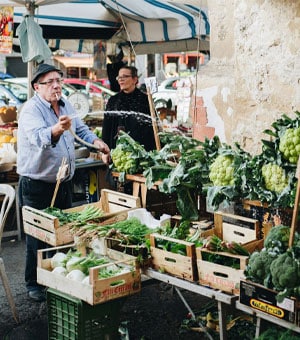
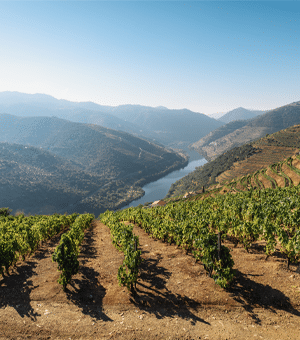
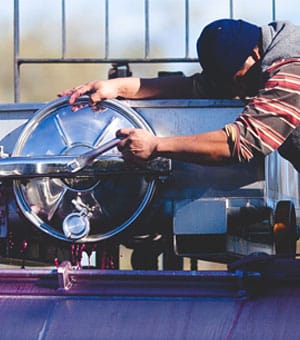
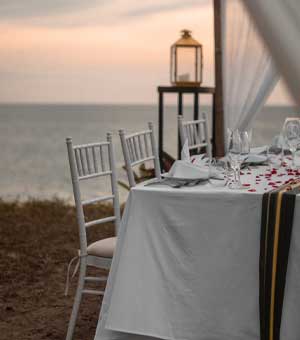
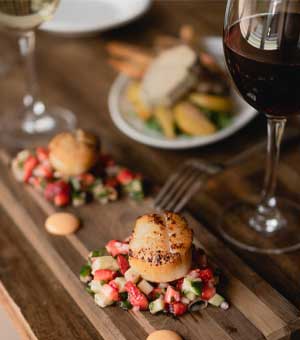
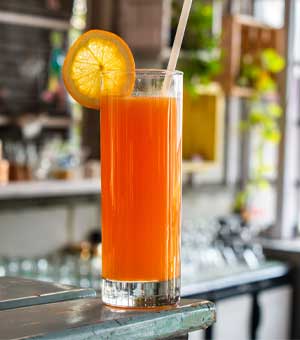
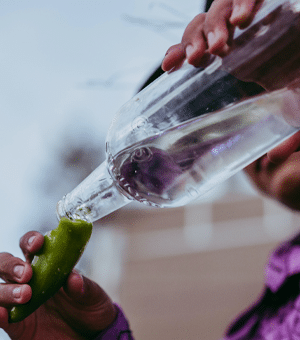
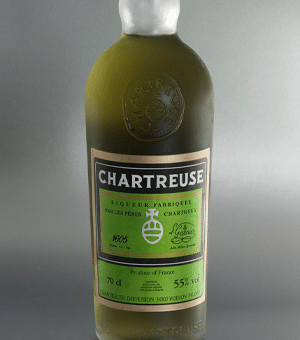
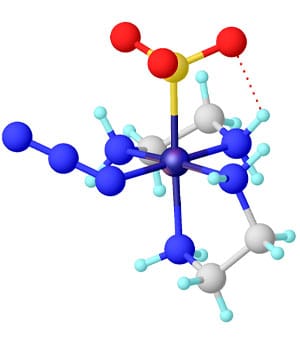
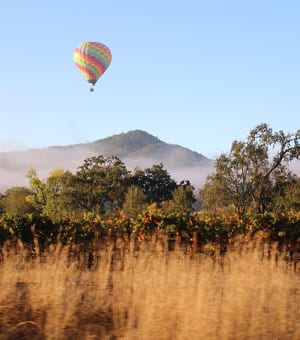
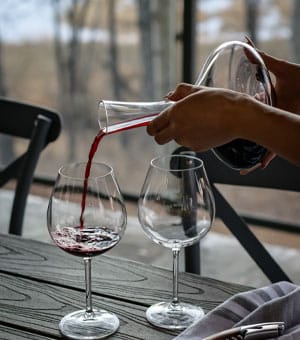
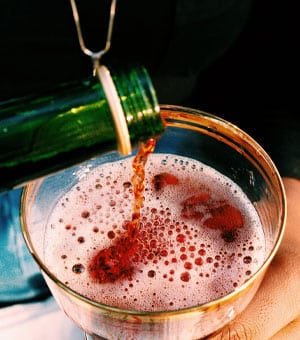
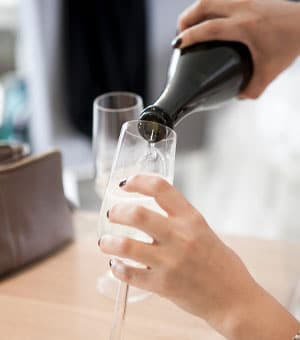
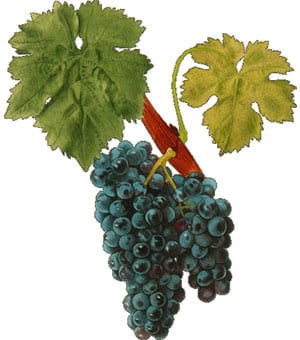


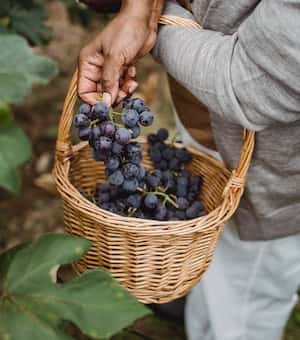
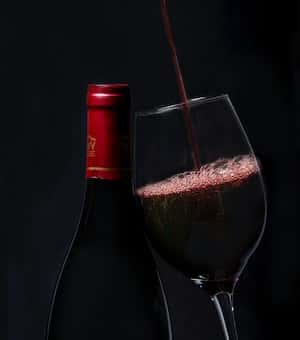

© 2025 Crush Wine Experiences DBA Winship Media. All rights reserved.
| Cookie | Duration | Description |
|---|---|---|
| cookielawinfo-checkbox-analytics | 11 months | This cookie is set by GDPR Cookie Consent plugin. The cookie is used to store the user consent for the cookies in the category "Analytics". |
| cookielawinfo-checkbox-functional | 11 months | The cookie is set by GDPR cookie consent to record the user consent for the cookies in the category "Functional". |
| cookielawinfo-checkbox-necessary | 11 months | This cookie is set by GDPR Cookie Consent plugin. The cookies is used to store the user consent for the cookies in the category "Necessary". |
| cookielawinfo-checkbox-others | 11 months | This cookie is set by GDPR Cookie Consent plugin. The cookie is used to store the user consent for the cookies in the category "Other. |
| cookielawinfo-checkbox-performance | 11 months | This cookie is set by GDPR Cookie Consent plugin. The cookie is used to store the user consent for the cookies in the category "Performance". |
| viewed_cookie_policy | 11 months | The cookie is set by the GDPR Cookie Consent plugin and is used to store whether or not user has consented to the use of cookies. It does not store any personal data. |
